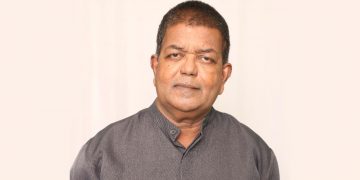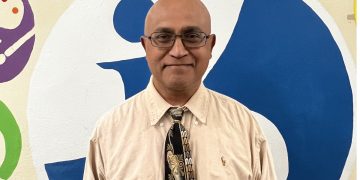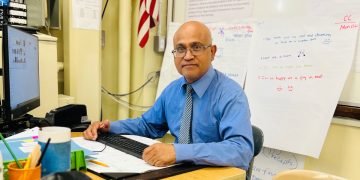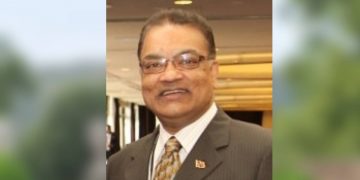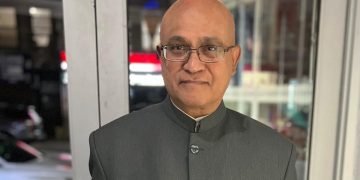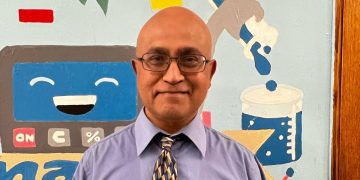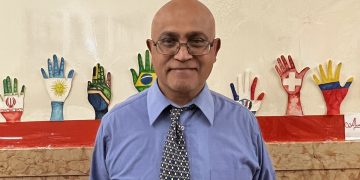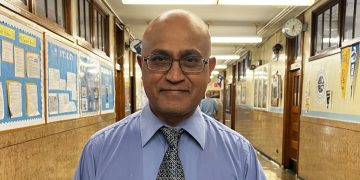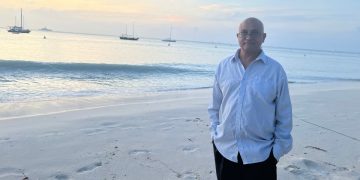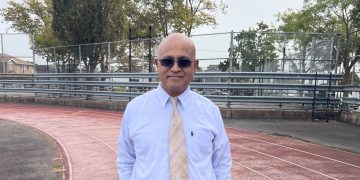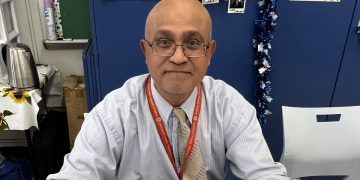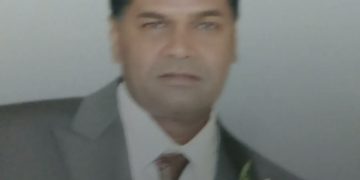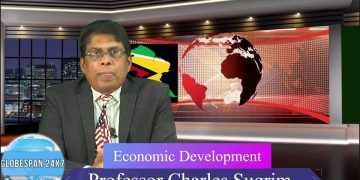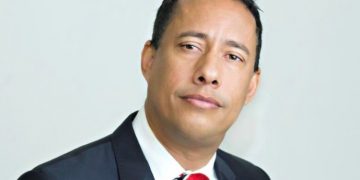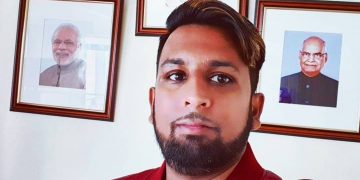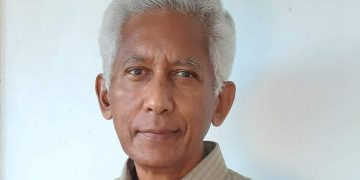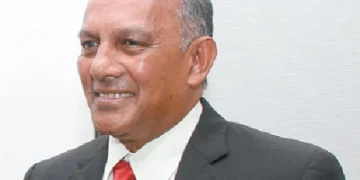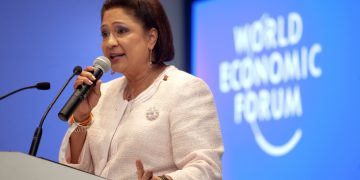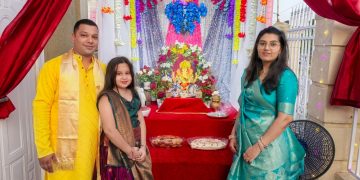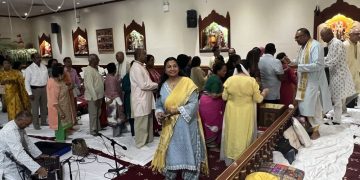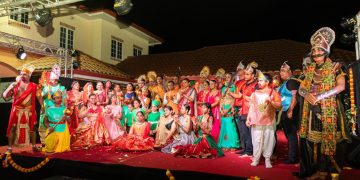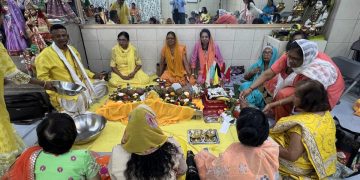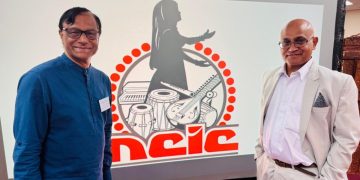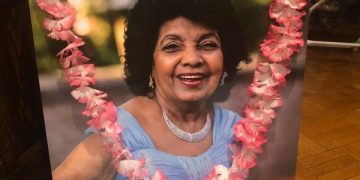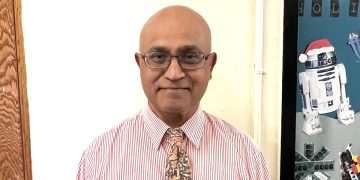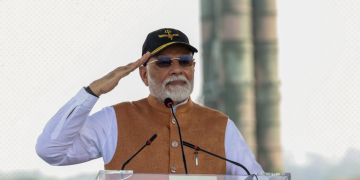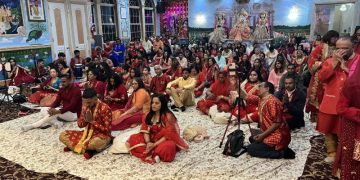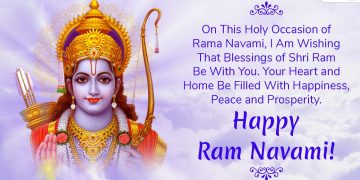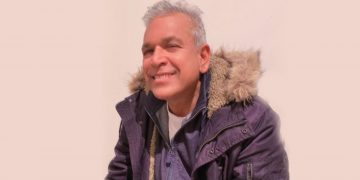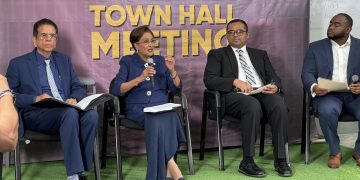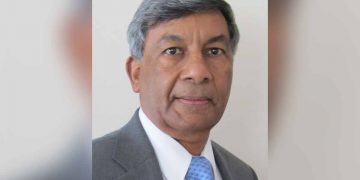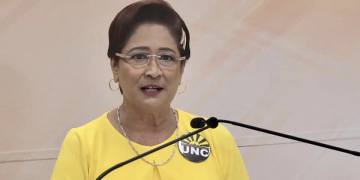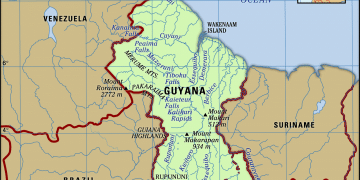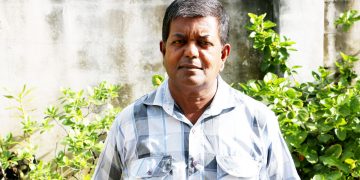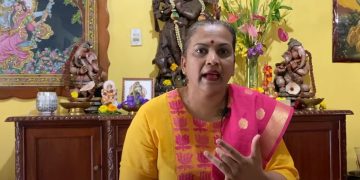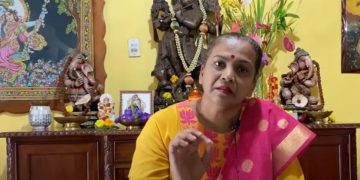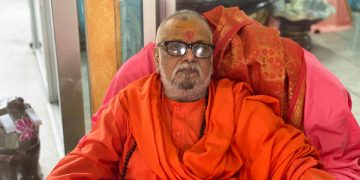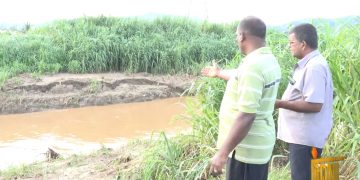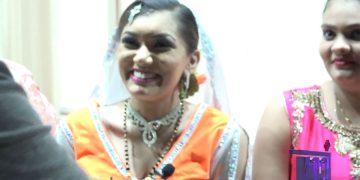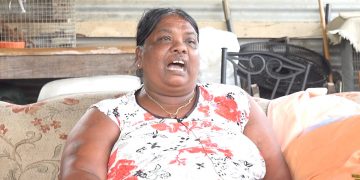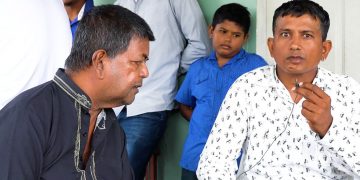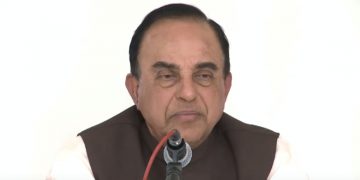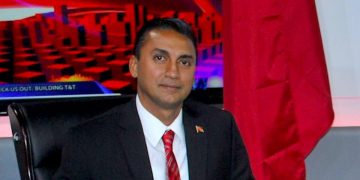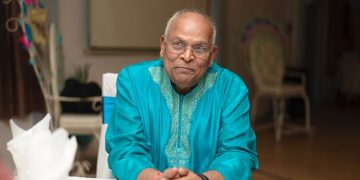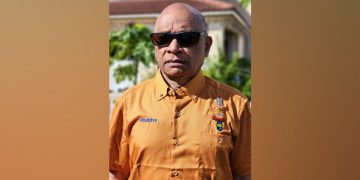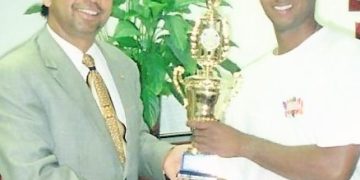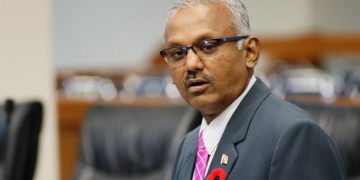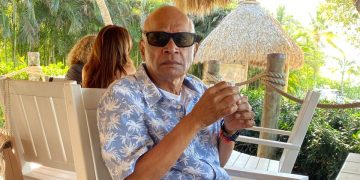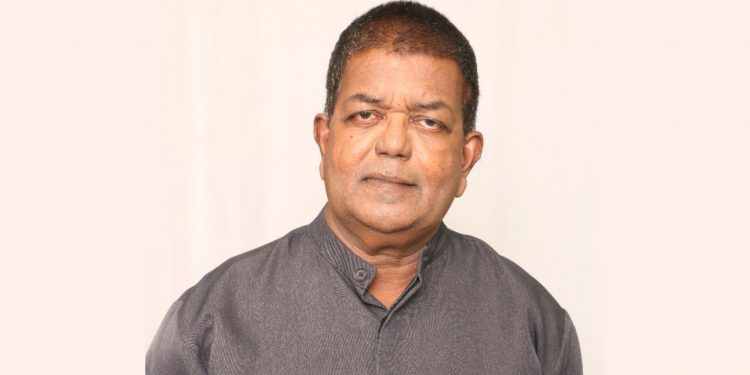Lord Ganesha was quite shrewd compared to his brother Subramanyam. When they set off on a race around the universe, Subramanyam ran off full steam while Ganesha circumambulated his parents and was declared the winner. Subrahmanyam felt defrauded and so migrated to south where he is a prominent deity.
While some pandits and panditas such as Raviji, Ravi Bharati, Pandit Yankatesu and Gita Vahini had to study for two years at the Hindu Prachaar Kendra, in the case of other pandits they simply had to swear a deed poll declaring themselves Maharaj. This is what I call the Ganesha method to acquiring knowledge.
Unfortunately, this methodology is quite prominent today – swear a deed poll and you are qualified to sit on the singhasan and expound the scriptures.
Raviji returned from India with an MA in Hindu Studies from Banaras Hindu University. Also pursuing studies at Banaras were Udaipal Singh (now Swami Aksharananda, and Principal of SVN, Guyana) and Pandita Indrani Rampersad. (This year’s Pravasi Award was given to Swami Aksharnanda for the excellent work he is doing at SVN in the field of education.)
In 1986 Raviji founded the Hindu Prachaar Kendra and had a two year residential program teaching Hinduism to young men and women. Among the graduates of that program were Ravi Bharati, Gita Vahini and Pandit Budharat Yankatesu of Bamboo No 3.
The curriculum for the two year program included Hinduism, Pooja Bedi, Caribbean Studies, Sanskrit, Ramayan and Bhagavad Gita. Among the tutors were Raviji, Pariag Sookoo, Swami Aksharnananda and Ravi Dev of Guyana, all well-known for their scholarship and definitely not deed poll Brahmins.
It is clear that the Hindu Prachaar Kendra took the Subramanyam approach to knowledge, that is, covering a wide curriculum rather that a Ganesha approach which is swearing deed polls.
When our ancestors began arriving in Trinidad there were Brahmins-Pandays, Sharmas, Teewaries etc. However, by the 1878 the planters discovered that the Brahmins were providing leadership to the indentures in their struggles for social justice and so ended the recruitment of Brahmins.
In Guyana Bechu fought the planters in the 1890s for social justice. He not only appeared before the Norman Commission to expose the injustices of the Indian indenture ship but went on to write several letters in the press exposing the injustices of the planters and the agents who were supposed to protect the rights of the immigrants which were enshrined in law.
Interestingly, Bechu was not a Brahmin but an orphan who was adopted by a missionary woman in Calcutta and was the beneficiary of an English education. Much more can be learned about Bechu in the book ‘Bechu’ by Clem Seecharan.
The Indo-Caribbean community had leaders like Bhadase, Panday, Capildeo, Rienzi (Tiwarie) and scholars like V.S.Naipaul to lead and inspire them. Unfortunately, one leader has ventured to mass produce Brahmins not be education or the Subramanyam way but by deed poll.
The results of this short cut to learning are a band of greedy individuals who are more bent on collecting dakshina and recycling seedhas. None of them is engaged in teaching Hindi, Bhagavad Gita, Seva programs to help the needy or any constructive Hindu work. Their modus operandi is bang bang fu fu and repeating the story of Hunuman flying with the mountain and Dasarath had three wives.
The early efforts of the Hindu Prachaar Kendra must be repeated. It is an established pathway to resuscitate Hindu dharma which is fast slipping out of our hands. Additionally, we need a culture that would vigorously promote manliness and not bowing our heads before charlatans a la Ravan disguised as a Brahmin to kidnap Sita.
